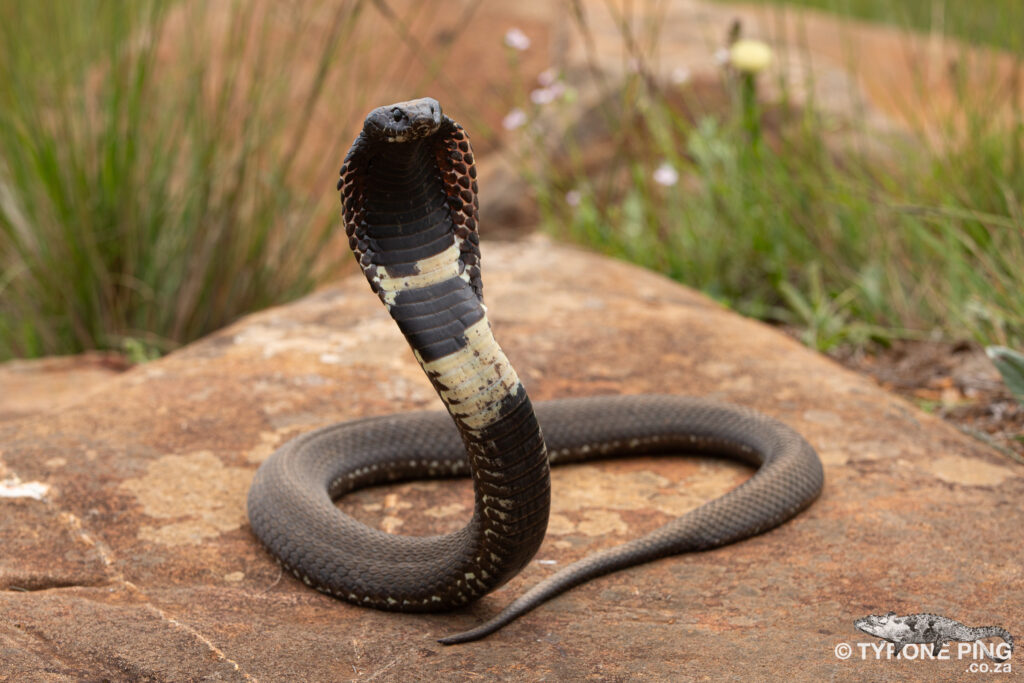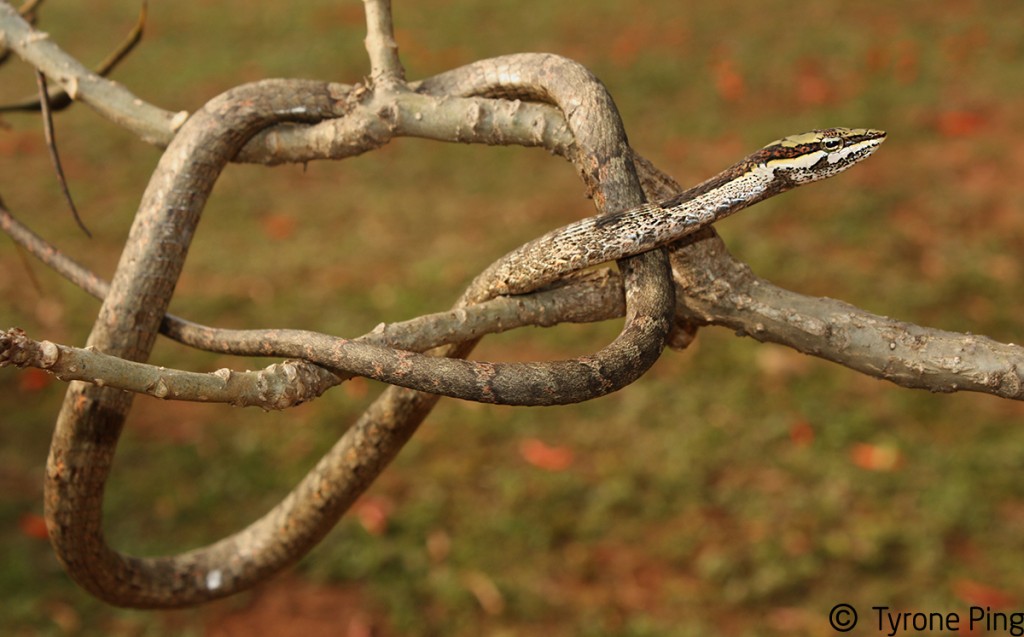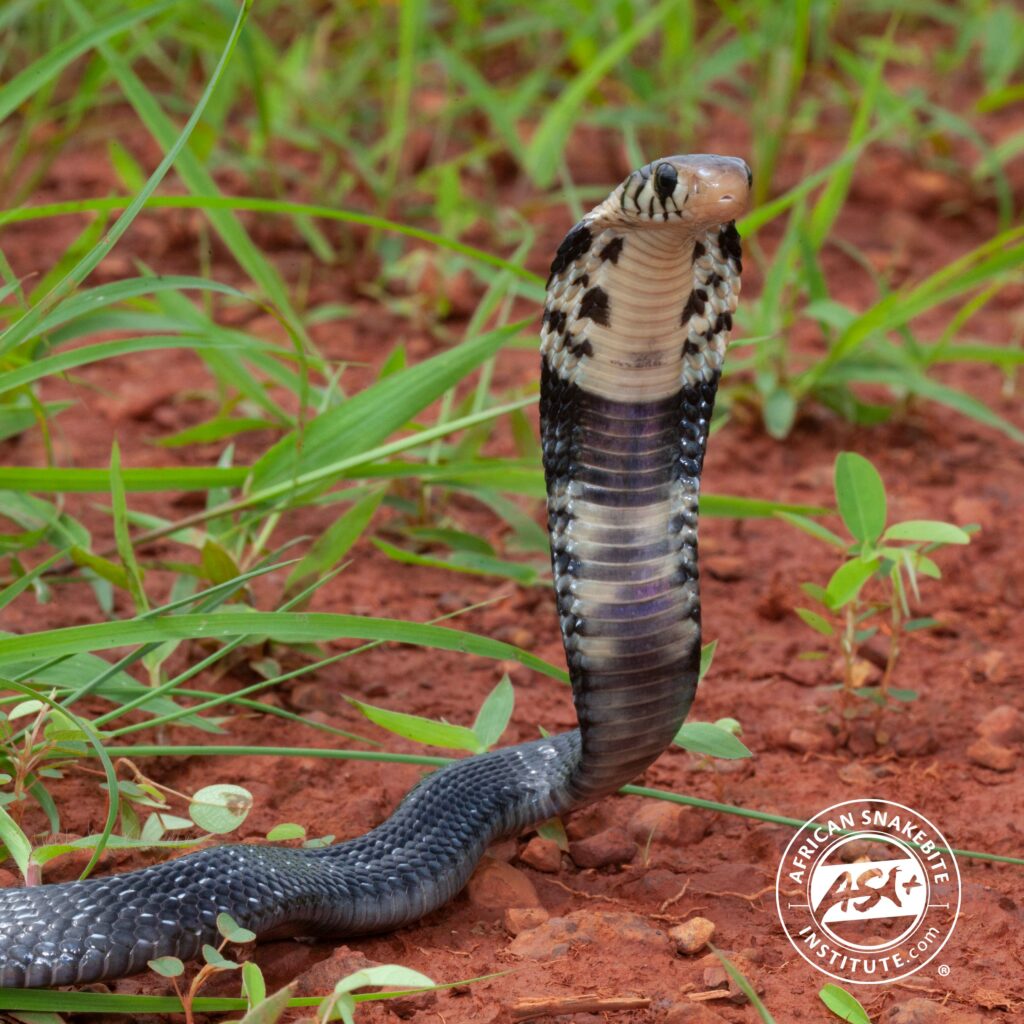Southern Africa is home to a rich diversity of wildlife, including some of the world’s most venomous and dangerous snakes. While these reptiles play a crucial role in maintaining ecological balance, it's essential to be aware of the risks they pose, especially in rural or bushveld areas. Below are 10 of the most dangerous snakes found in Southern Africa, known for their potent venom, aggressive behavior, or medical significance.
1. Black Mamba (Dendroaspis polylepis)

The Black Mamba is arguably the most feared snake in Africa — and for good reason. It’s not only one of the longest venomous snakes in the world (reaching up to 4.5 meters), but also among the fastest, capable of slithering at 20 km/h. Its neurotoxic venom can kill a person in under 30 minutes if untreated.
-
Habitat: Bushveld, savannas, and rocky outcrops
-
Venom Type: Neurotoxic
-
Danger Level: Extremely High
2. Puff Adder (Bitis arietans)
Responsible for more snakebite deaths in Africa than any other species, the Puff Adder relies on its camouflage and rarely flees when approached. Its cytotoxic venom causes severe pain, swelling, and tissue damage.
-
Habitat: Widespread in grasslands, savannas, and deserts
-
Venom Type: Cytotoxic
-
Danger Level: Very High
3. Boomslang (Dispholidus typus)

Don’t let its innocent green or brown appearance fool you. The Boomslang has potent hemotoxic venom that causes internal bleeding and can be fatal without prompt treatment. Fortunately, it is shy and bites are rare.
-
Habitat: Trees and shrubs in forests and savannas
-
Venom Type: Hemotoxic
-
Danger Level: High
4. Cape Cobra (Naja nivea)

Found mainly in South Africa, the Cape Cobra is aggressive and responsible for many serious bites. Its neurotoxic venom attacks the respiratory system and can be deadly if not treated quickly.
-
Habitat: Karoo, arid savannas, and fynbos regions
-
Venom Type: Neurotoxic
-
Danger Level: Very High
5. Mozambique Spitting Cobra (Naja mossambica)

This cobra can spit venom up to 2 meters, aiming for the eyes. The venom is both cytotoxic and mildly neurotoxic, causing tissue destruction and potential blindness if it hits the eyes.
-
Habitat: Woodlands, savannas, and near water bodies
-
Venom Type: Cytotoxic & Neurotoxic
-
Danger Level: High
6. Gaboon Adder (Bitis gabonica)

Though not as aggressive, the Gaboon Adder has the longest fangs of any venomous snake and delivers massive amounts of cytotoxic venom. It relies heavily on camouflage and may strike if accidentally stepped on.
-
Habitat: Moist forests and woodlands
-
Venom Type: Cytotoxic
-
Danger Level: High
7. Rinkhals (Hemachatus haemachatus)

Often mistaken for a true cobra, the Rinkhals can also spit venom and play dead when threatened. It has both neurotoxic and cytotoxic venom, making bites potentially very serious.
-
Habitat: Grasslands, highveld, and wetlands
-
Venom Type: Neurotoxic & Cytotoxic
-
Danger Level: High
8. Twig Snake (Thelotornis capensis)

Also known as the vine snake, this slender and cryptic species has a slow-acting but highly potent hemotoxic venom that interferes with blood clotting. Deaths are rare but possible if untreated.
-
Habitat: Bushes, trees, and riverine areas
-
Venom Type: Hemotoxic
-
Danger Level: Moderate to High
9. Forest Cobra (Naja melanoleuca)

Less common in Southern Africa but still present in the northern regions, the Forest Cobra is large, fast, and has a powerful neurotoxic venom. It can be aggressive if cornered.
-
Habitat: Dense forests and moist habitats
-
Venom Type: Neurotoxic
-
Danger Level: High
10. Snouted Cobra (Naja annulifera)

This cobra is highly venomous and can cause fatal bites. It’s more terrestrial than other cobras and is frequently encountered in some rural and peri-urban areas.
-
Habitat: Savannahs and open woodlands
-
Venom Type: Neurotoxic
-
Danger Level: High
While snakes are an important part of Southern Africa’s biodiversity, it’s vital to respect their space and understand the risks they pose. Most snakes prefer to avoid human contact, and bites usually occur when they are accidentally provoked or stepped on. Wearing boots in the bush, using a flashlight at night, and being vigilant can go a long way in preventing dangerous encounters.
If bitten, seek medical attention immediately — do not wait for symptoms to develop.



You must be logged in to post a comment.